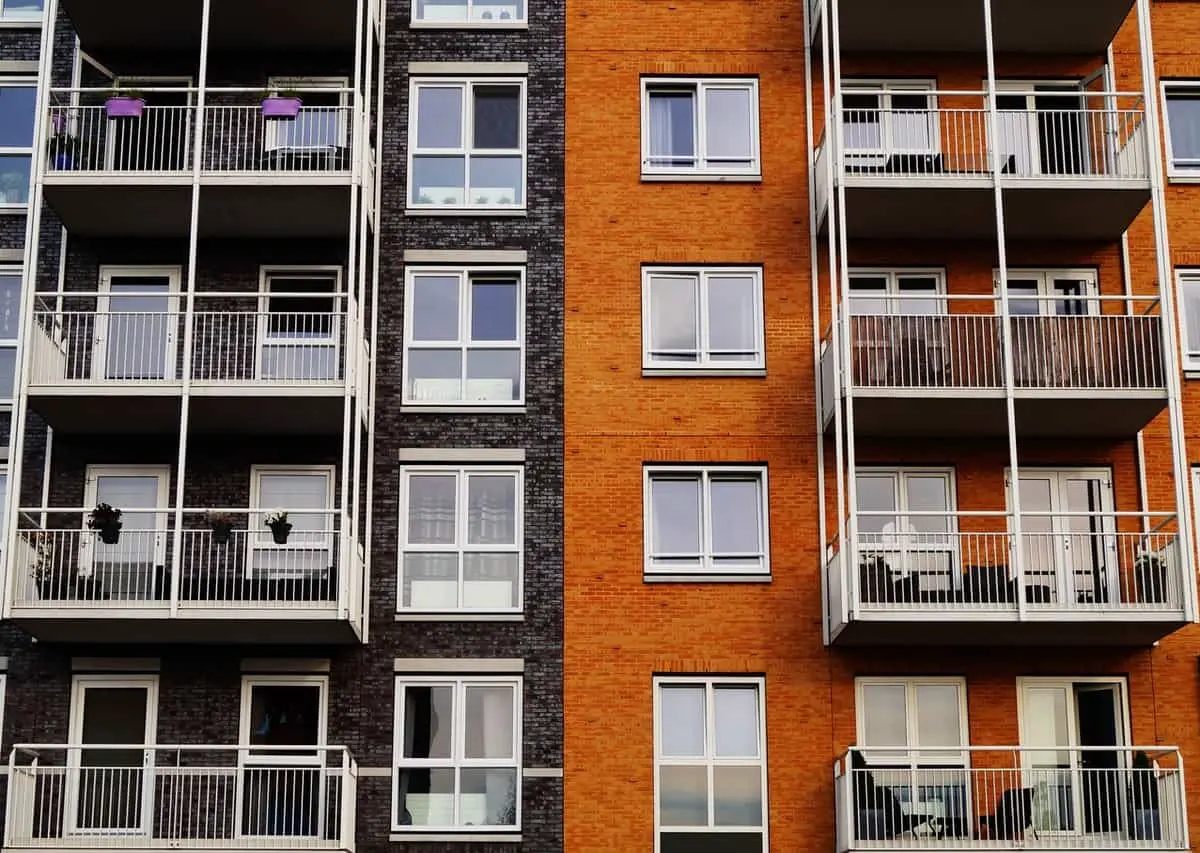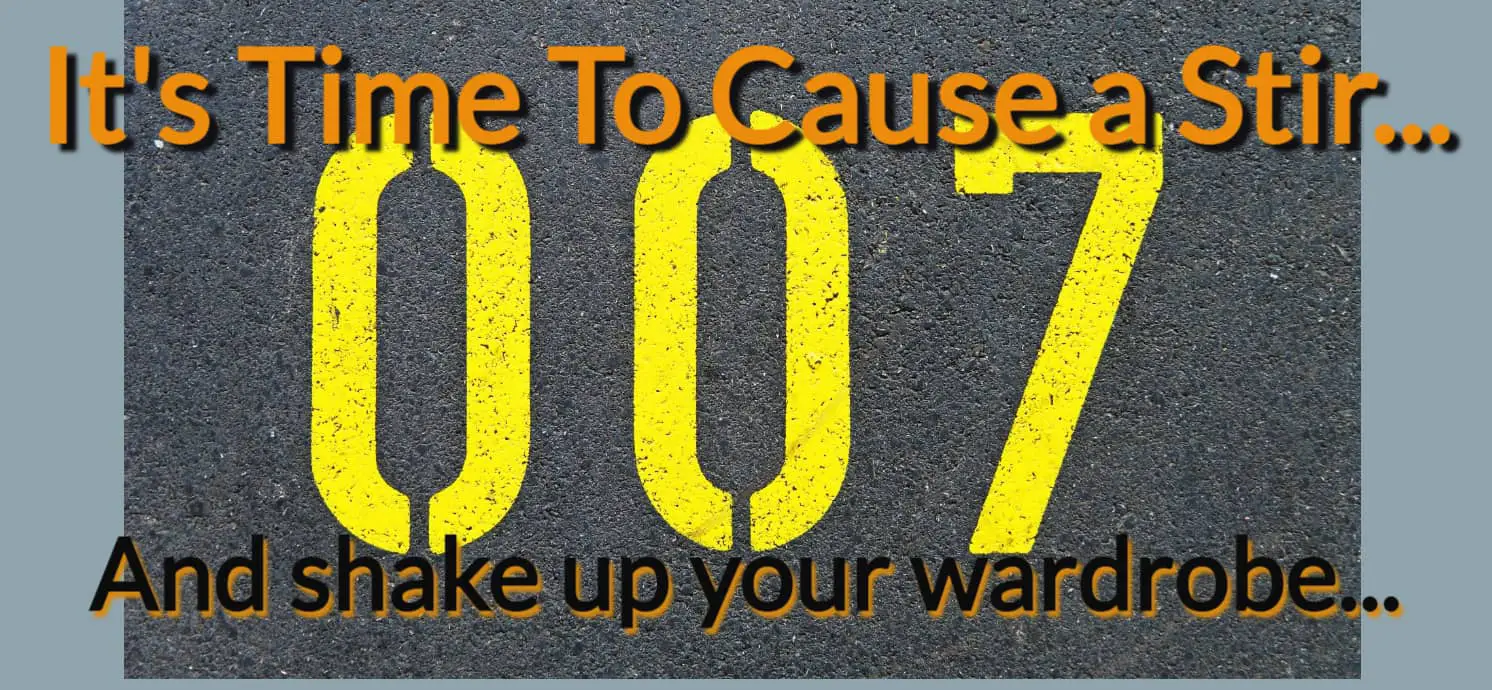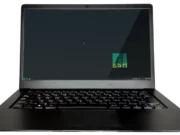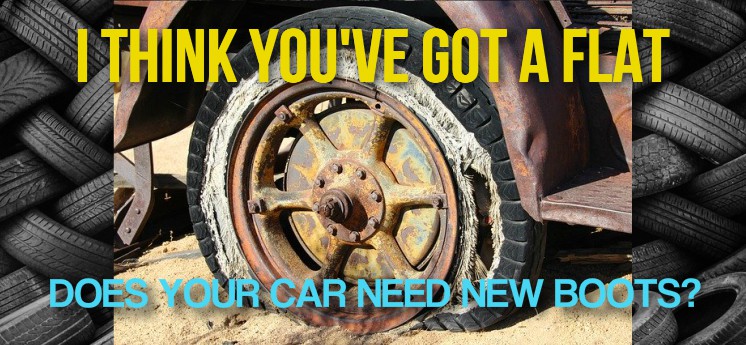A post from automotive journalist Henry Cesari – His author bio is at the end.
Your tires are the most critical component of your car: No other part of your vehicle can work if your tires do not do their job.
Don’t believe me? Here are some examples: If your tire tread is too shallow, you will not be able to brake in wet driving conditions–no matter how good your brakes are! Great tires are also critical for acceleration and cornering. And if your car is in perfect running order, but your tires are leaking air, your gas efficiency will suffer.
But do you need new tires? There are three primary ways your tires can wear out. Read on to learn how to check for each type of wear.
Tread Depth
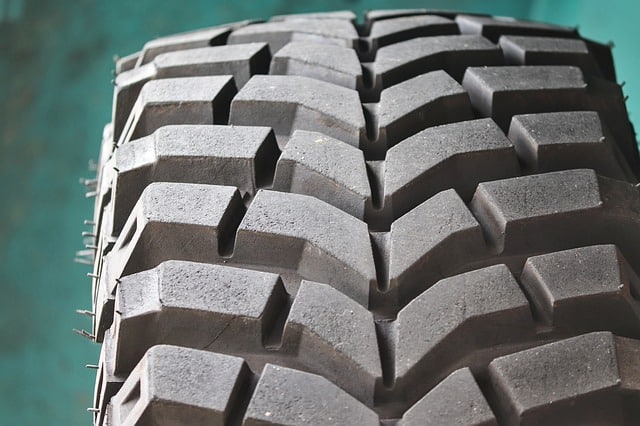
The surface of your tire that comes in contact with the road is called the tread. Tire tread wears down a bit every time you drive. Tread wear is the most common way for a tire to wear out.
Having tires with good tread is critical. The channels running through the surface of your tire tread are designed to disperse moisture. A tire with worn tread and no channels remaining stands a risk of hydroplaning–or sliding across a wet road.
You can check your tread depth with just a coin. If you are in Europe, insert a one Euro coin into one of the channels in the tread of your tire. If the channel is so shallow that the coin’s gold edge is visible, you need new tires. If you live in the U.S., you can use a U.S. quarter: insert the coin upside down, and if you can see the top of George Washington’s head, you need new tires.
Note that your tire’s surface may not wear consistently. Your front or back tires may wear down quicker. Or perhaps the outer edge or center of your tire tread will deteriorate faster. Make sure to check multiple channels on all four of your tires. If your tread is wearing inconsistently, take your car to a shop to have your tires rotated, and they will last longer.
Weather Cracks

The second most common type of tire wear is in the form of weather cracks. Fluctuating temperatures and direct sunlight break down the rubber that makes up your tire. Over time, small cracks–weather cracks–spiderweb across the surface of your tire. If you do not drive much, but have had the same set of tires for many years, these weather cracks may render your tires unsafe before your tread wears down.
Are all cracked tires unsafe? No. If your tire has good tread, but slight weather cracking in the rubber’s surface, it is probably alright to drive. Weather cracks deep enough to endanger a tire’s structure are unsafe.
How do you know? Any tires with weather cracks so deep that you can see bits of metal are worn out. There is no reason to risk almost unsafe tires: if you are unsure about your tires, take them to a mechanic and ask for professional advice. You can always request this inspection at the same time as a tire rotation.
You may wonder if there is any way to prevent weather cracks from appearing on your tires. Unfortunately, it is challenging to preserve tires while they are installed on your car. But if you have separate sets of winter and summer tires, proper tire storage can extend the life of your tires. Remember, direct sunlight and extreme temperatures break down your tires. When your tires are not on your car, store each one in an opaque trash bag. Then stack your tires in a temperate place. Suitable places include your basement or anywhere with heating and a/c (so likely not your garage).
Leaking Tires
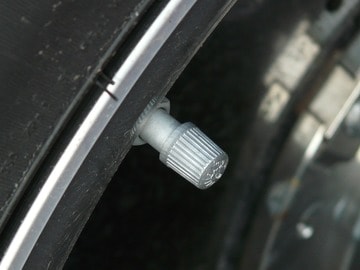
The final way that your tires wear out is by leaking air. Tires can leak air through a puncture, a bad seal with your rim, or a faulty valve. You can have all of these problems fixed if you notice the leak in time.
It is best to check your tire pressure once a week. If you do not notice a leak, a tire with low pressure will wear out quickly. If you continue to ignore a leak, a tire with dangerous low pressure can blow out while driving! Your car’s handbook or owner’s manual will specify how high your tire pressure should be.
But if you catch a leak in your tire early, an auto shop should be able to repair it–and you will save a lot of money if you don’t have to buy a new tire.
Checking your tire pressure is just one of the weekly checks you should perform to maintain a safe car that will last a long time. You can read about the rest of the checks your car needs in our article The Basic Car Checks You Need to Do
Author Bio:
Henry Cesari is an automotive journalist who is passionate about enabling men to maintain and work on their cars. Find out more at HenryCesari.com





